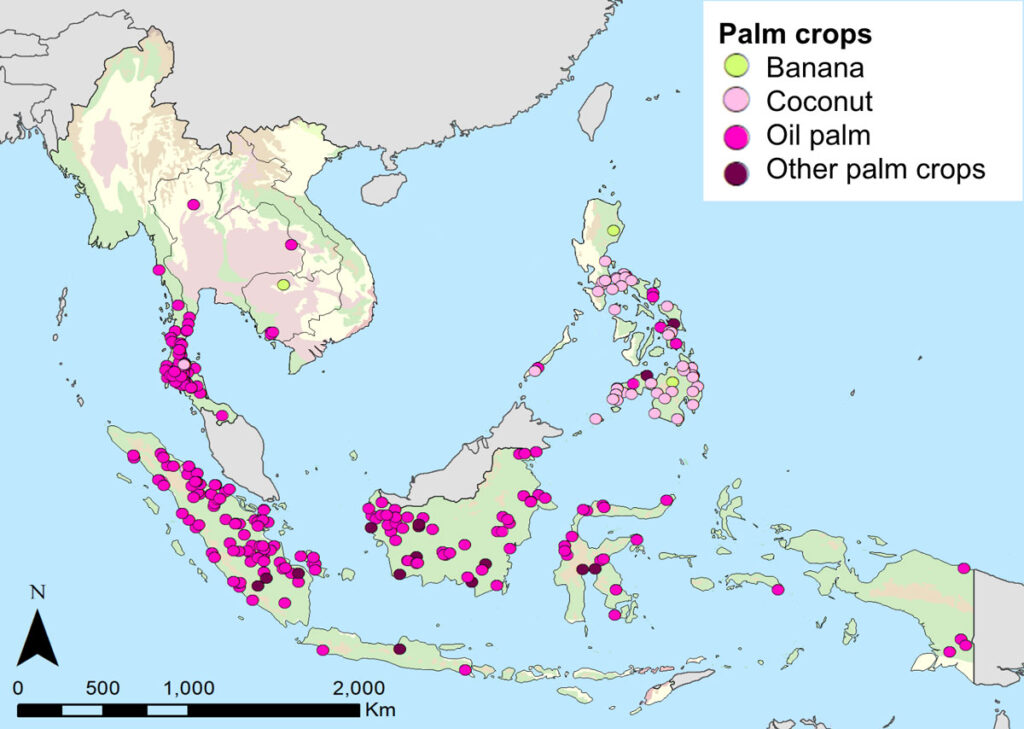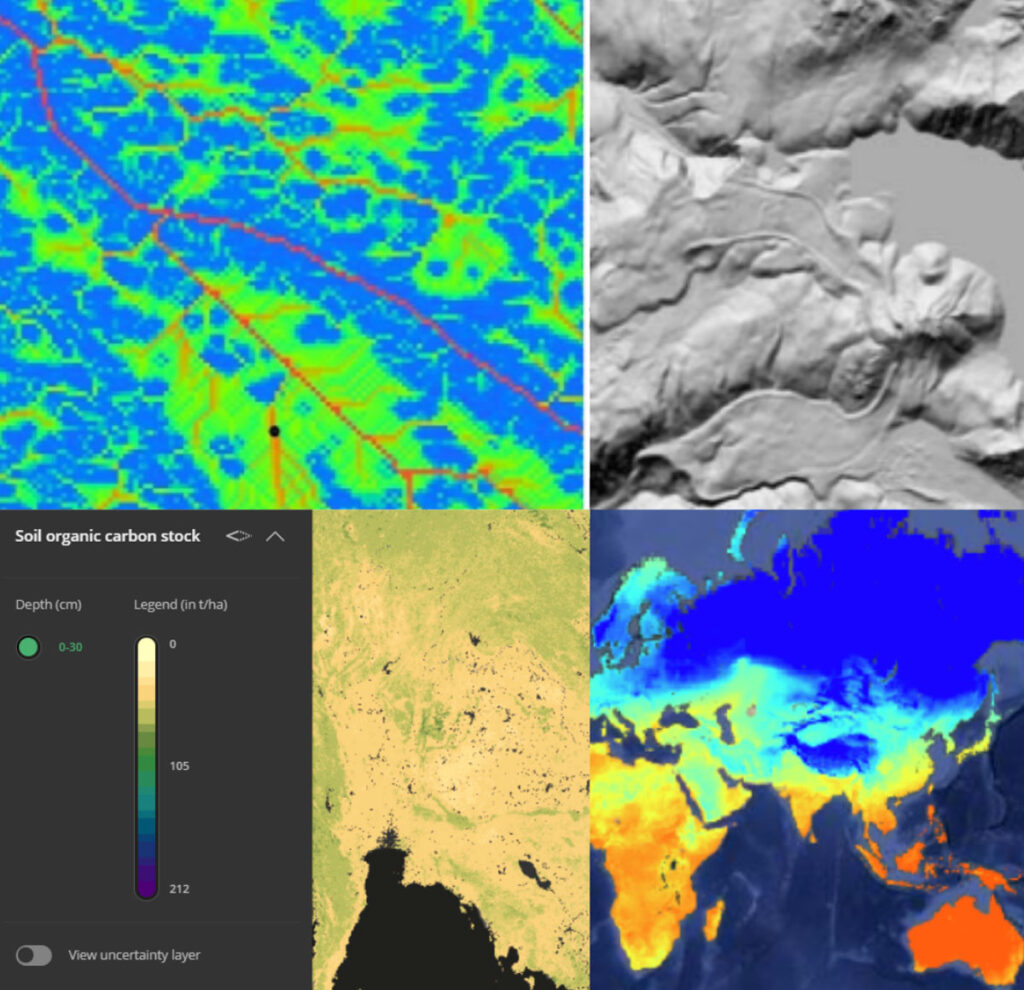Close
Close
Case Study


Using variables like temperature, precipitation, and soil conditions, SIG and SERVIR-SEA used Google Earth Engine to develop a user-friendly map that outlines distinct areas where coconut cultivation is most viable. These are represented by layers with the following labels: not suitable, marginal, favorable, and highly favorable.
Using the mapping tool, the client was able to expand Nam Hom coconut cultivation while mitigating financial risk, with the added benefit of lessening their impact on the local ecosystem.